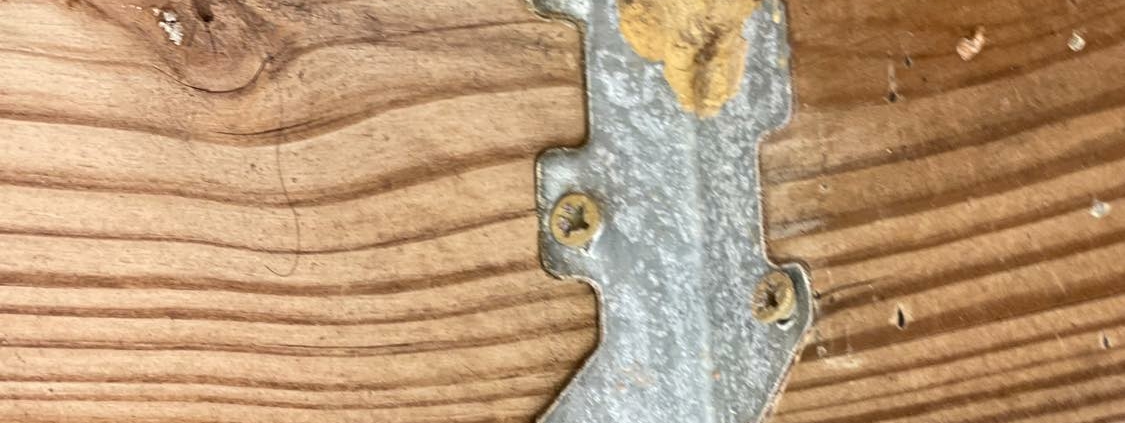Deck Joist Hangers
Building or Updating Your Deck?
Whether you are planning on tackling that deck project yourself or hiring someone, make certain correct construction practices are being used. You don’t want to find out the hard way that substandard building methods may cause your deck to fail. Here, we’ll discuss deck joist hangers and how to properly fasten them.
Deck Joist Hangers
I won’t go into building a deck step by step but rather focus on one very important aspect of the deck build – the deck joist hanger. The joists provide strength to the deck frame and the structure for the deck flooring. These joists are connected to ledger boards and rim joists. How these joists are connected is very important to the structural integrity of the deck. Hangers provide better connection strength than nailing alone. The deck joist hangers are built to handle specific loads as well as treatments to handle the outdoor elements. Here’s a great link to deck connection information from Strong-Tie https://www.strongtie.com/resources/literature/deck-connection-fastening-guide
Deck Joist Hanger Fasteners
I often come across joist hangers that are fastened with deck screws. What’s the problem with this? Screws have a lower shear strength than nails. This means a screw will fail easier than a nail when force is applied perpendicular to the length of the nail or screw. Screws will do a good job of holding the deck joist hangers in place if the joist is pulled parallel to the screw. However, force from below or above (as is the case with weight on the deck pushing down on the joist) can break the screw whereas the nail will only bend (if it moves at all). Dipped galvanized 16d nails are a great option for attaching the hangers. They have great shear strength and will resist the outdoor elements.
Do Your Research
Decks tend to be a common DIY project. If you are planning on tackling this project on your own, make sure you do your homework first. Some preparation in proper building practices can potentially prevent a tragic accident.





Leave a Reply
Want to join the discussion?Feel free to contribute!